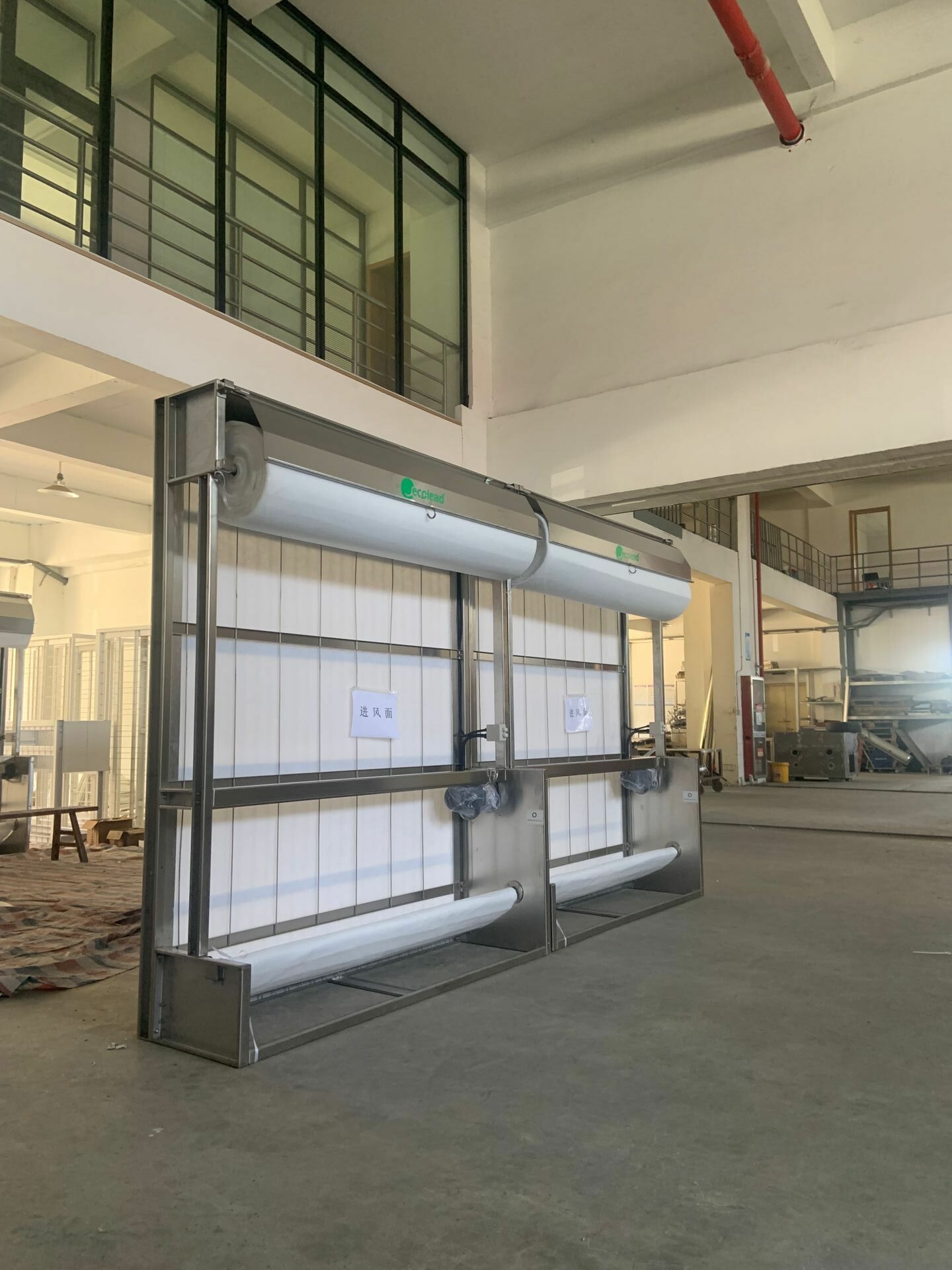Breathe Easy: The Importance of Continuous Air Filtration in Clean Rooms

In today’s fast-paced world, cleanliness and hygiene have become top priorities in various industries, including healthcare, technology, and pharmaceuticals. Clean rooms, in particular, require a sterile environment to prevent contamination and ensure the production of high-quality products. One crucial aspect of maintaining a clean room is continuous air filtration. In this article, we’ll explore the importance of air filtration in clean rooms and why it’s essential for maintaining a healthy and productive work environment.
The Need for Continuous Air Filtration
Clean rooms are designed to maintain a controlled environment with minimal particles, contaminants, and airborne pathogens. However, even with rigorous cleaning and disinfection protocols, air quality can still be compromised. This is where continuous air filtration comes in. By circulating and filtering the air constantly, clean rooms can maintain a safe and healthy environment for personnel and equipment.
The Risks of Poor Air Quality
Poor air quality in clean rooms can have severe consequences, including:
* Contamination of products and equipment
* Spread of airborne pathogens and diseases
* Decreased productivity and morale
* Increased risk of errors and rework
* Potential damage to equipment and machinery
The Benefits of Continuous Air Filtration
Continuous air filtration offers numerous benefits, including:
* Improved air quality: By removing particles, contaminants, and airborne pathogens, clean rooms can maintain a high level of air quality.
* Reduced risk of contamination: Continuous air filtration helps prevent contamination of products and equipment, ensuring the production of high-quality products.
* Increased productivity: By maintaining a healthy and productive work environment, personnel can focus on their tasks without worrying about air quality.
* Cost savings: Reduced risk of contamination and errors can lead to significant cost savings.
Types of Air Filtration Systems
There are several types of air filtration systems available, including:
* HEPA (High Efficiency Particulate Air) filters: These filters can capture 99.97% of particles as small as 0.3 microns.
* Activated carbon filters: These filters can remove gases, odors, and chemicals from the air.
* UV (Ultraviolet) light systems: These systems use UV light to kill airborne pathogens and bacteria.
* Air scrubbers: These systems use a combination of filters and scrubbers to remove particles and contaminants from the air.
Conclusion
In conclusion, continuous air filtration is a critical aspect of maintaining a clean room environment. By removing particles, contaminants, and airborne pathogens, clean rooms can maintain a safe and healthy environment for personnel and equipment. The benefits of continuous air filtration include improved air quality, reduced risk of contamination, increased productivity, and cost savings. By investing in a reliable air filtration system, clean rooms can ensure the production of high-quality products and maintain a healthy and productive work environment.

